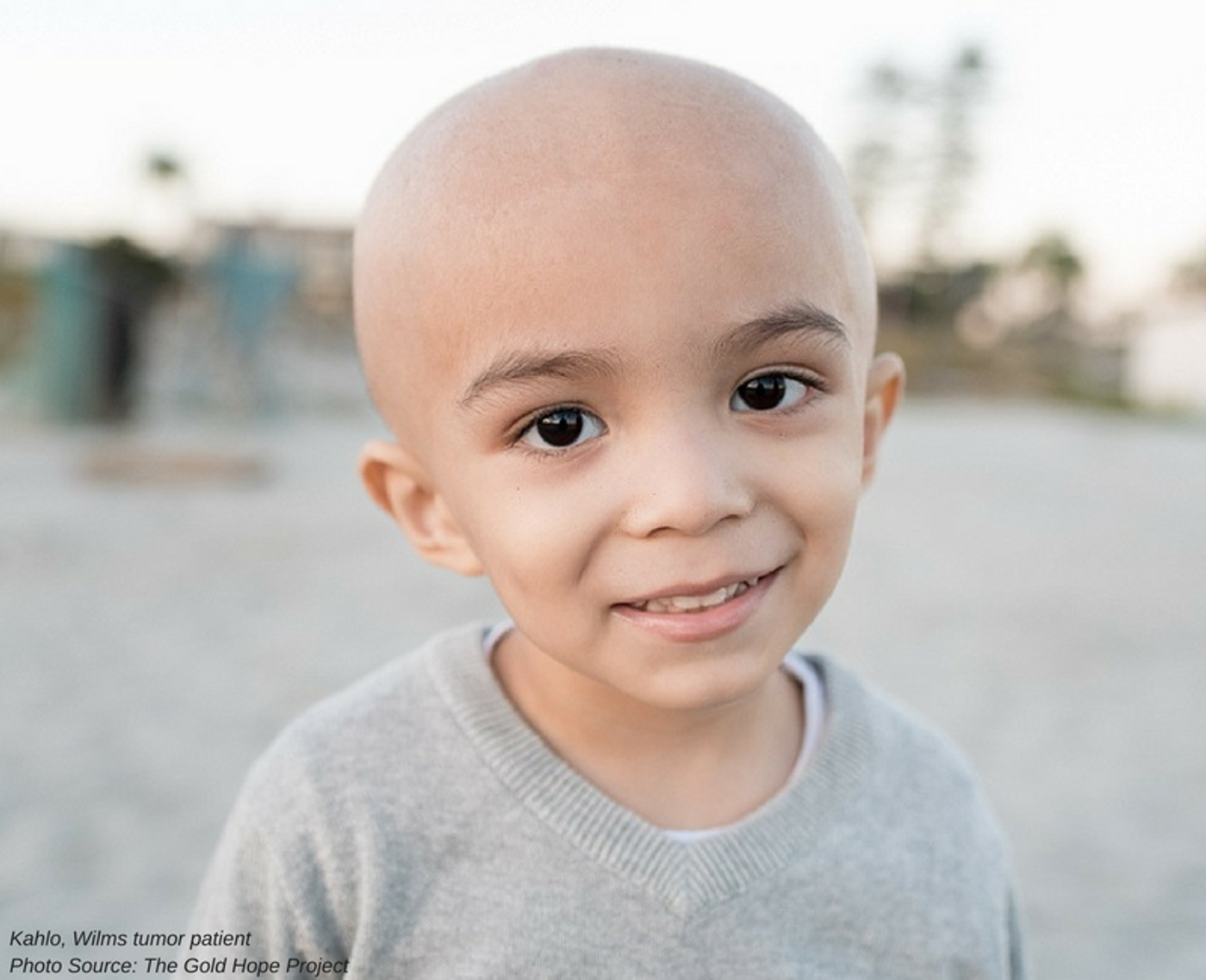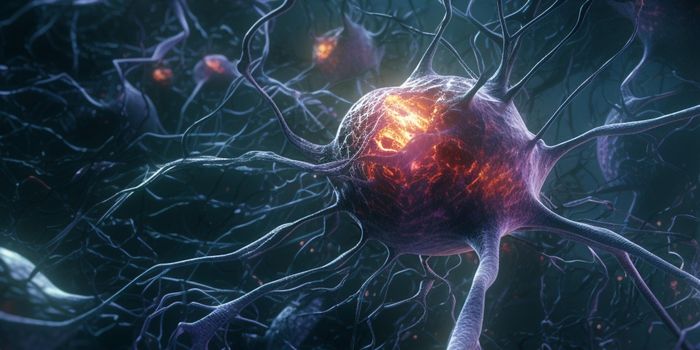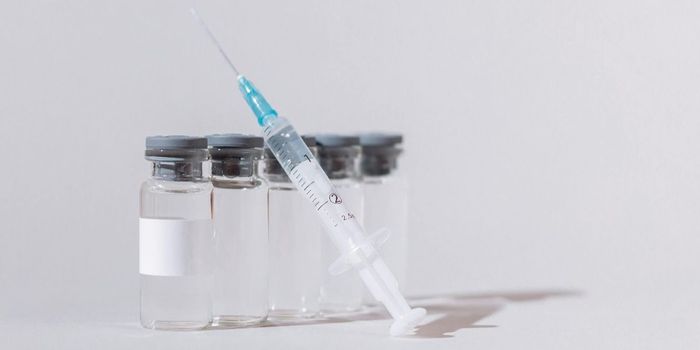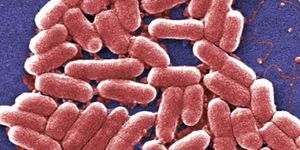Wilms Tumor Clinical Trial Combined Chemo Treatment Results in Reduced Use of Radiotherapy for Lung Metastases
About Wilms Tumor
Wilms tumor, also known as nephroblastoma, begins in the kidneys. It is the most common form of cancer of the kidneys diagnosed in children. Its name originates from the first doctor, a German man named Max Wilms, who characterized the disease in 1899. Wilms tumors can become quite large very quickly and are often mid-late stage cancer at diagnosis in these kids, however, many are found before metastasis has occurred. It is estimated that there are 500 new cases of Wilms tumor in the United States annually, with these representing approximately 5% of all childhood cancers. Average age of diagnosis is 3-4 years and is uncommon after age 6; adult diagnoses are very rare. There are two types of Wilms tumor categorized as “favorable histology” and “unfavorable histology or anaplastic”. The greater the anaplasia (or differences in cancer cell morphology), the harder it is to cure.
Risk Factors for Wilms Tumor
Risk factors for Wilms tumor include race, family history, and heritable genetic factors. Studies have found that Wilms tumor risk is marginally higher in African-American children and is lowest in Asian-American children. If there is a family history of Wilms tumor, 1-2% of diagnoses can be attributed to that; researchers have found that the familial link is not usually a parent with Wilms tumor. This risk group is also more likely to have bilateral tumors, whereas 95% of Wilms tumors are unilateral. There are also some known birth defects that are clustered with Wilms tumor including aniridia (loss of iris presence), genitourinary tract abnormalities (defects in structure or function), and mental retardation. There is a syndrome called WAGR that represents this cluster of symptoms; each symptom first letter is represented in the syndrome name. There is an identified tumor suppressor gene, WT1, which if mutated, can result in Denys-Drash Syndrome or Frasier Syndrome. Both patients diagnosed with these syndromes are at higher risk of developing Wilms tumor. Another gene associated with Wilms, WT2 on chromosome 11, can become mutated and result in Beckwith-Wiedemann Syndrome. These children tend to be large for their age and according to the American Cancer Society, have about a 5% risk of Wilms tumor development. There are yet other syndromes with lesser risks including Perlman, Sotos, Simpson-Colabi-Behmel, Bloom, Li-Fraumeni, and Trisomy 18.
Newest Treatment Findings in Wilms Tumor
A clinical trial study recently published in the Journal of Clinical Oncology, sponsored by the Children’s Oncology Group, has been completed after many years of follow up and evaluation of children with Wilms tumor. Their Phase III trial goal was to determine how well combination chemotherapy with or without radiation therapy works in young patients with stage III or stage IV favorable histology Wilms tumor and lung metastases. The group determined to use DD4A which is a chemotherapy regimen consisting of Vincristine, Dactinomycin, and Doxorubicin. Among the 292 assessable patients of the study, 159 had incomplete response to DD4A alone but had response with the combination of DD4A with 4 cycles of cyclophosphamide/etoposide and lung radiation therapy. The remaining 133 patients with complete lung nodule response (CR) achieved this with DD4A chemotherapy without lung radiation therapy.
The promise of this finding is the reduction of use of lung radiation therapy in these young children. Lung radiation therapy can cause long term damage or late effects because of the cellular damage done as a result of treatment. These late effects may not manifest themselves until years after therapy has commenced but include breast cancer, heart problems, pulmonary toxicity, and decreased lung function due to early onset pulmonary fibrosis, pneumonitis, obstructive lung diseases, and decreased lung volume. Additional studies to follow up these findings can further develop treatment regimens that increase event free survival rates and decrease therapy use. Advanced molecular testing and sequencing may be future options to build profiles to help direct patients and providers to treatment plans that successfully eradicate with minimal collateral damage. That has and will always been the goal of providers and researchers.
Sources: ClinicalTrials.Gov, Journal of Clinical Oncology, American Cancer Society, Chest,









